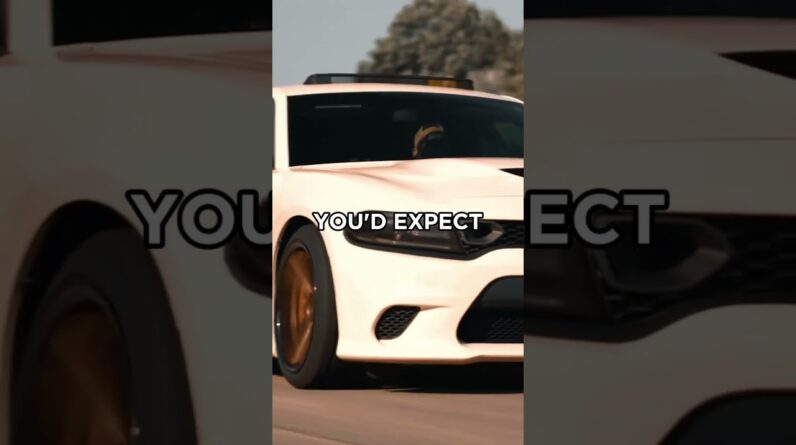The Japan Mobility Show became the stage where Nissan Motor Co. Ltd. introduced the world to the Nissan Hyper Force, the concluding chapter to its riveting series of five “hyper” concept vehicles. Unveiling an Electric Vehicle (EV) concept each week since October 3, leading up to this event, Nissan has painted a vast canvas of future consumer desires and lifestyle adaptations, all while striving to meld innovation with exhilaration in our daily lives.
The all-electric Hyper Force doesn’t explicitly bear the tag of an R36 preview from Nissan, yet its silhouette and the quartet of round taillights echo the unmistakable legacy of GT-R DNA. The white and red luminescent blocks at the front almost shout out that we are witnessing a futuristic re-imagination of Nissan’s iconic sports car. From a stretch, these lights mimic a softened GT-R logo, cleverly blurred to pique curiosity.
The Hyper Force’s audacious aesthetics are quite the showstopper, with canards and electrically controlled vents adorning the front fenders, while the rear boasts a gargantuan wing, likely visible from a great distance. The colossal doors that reach for the sky and the rear diffuser, tasked with keeping the Hyper Force firmly on the road, are nothing short of monumental. Perched on forged carbon wheels, the Hyper Force seems to have leaped out of a Gundam episode, and should it transition into a production version as the next GT-R, a more subtle guise is anticipated.
Stepping inside, it’s akin to entering a PC gaming rig, thanks to a generous sprinkling of LEDs. Crafted with the race track in mind, as the central windscreen wiper suggests, it forgoes the conventional round steering wheel for a racing wheel, embracing its track-centric ethos.
At its core, the Hyper Force is powered by solid-state batteries and a staggering 1,000 kilowatts, converting to an awe-inspiring 1,341 horsepower. The narrative from Nissan includes a mention of the e-4ORCE system, a nifty moniker for an all-wheel drive powered by motors at both ends, although the remainder of the specifications are yet to be shared. However, a glimpse at the head-up display reveals a tantalizing top speed of 320 km/h (nearly 200 mph).
Get More Great Car Videos – Subscribe: https://goo.gl/BSIaFc







